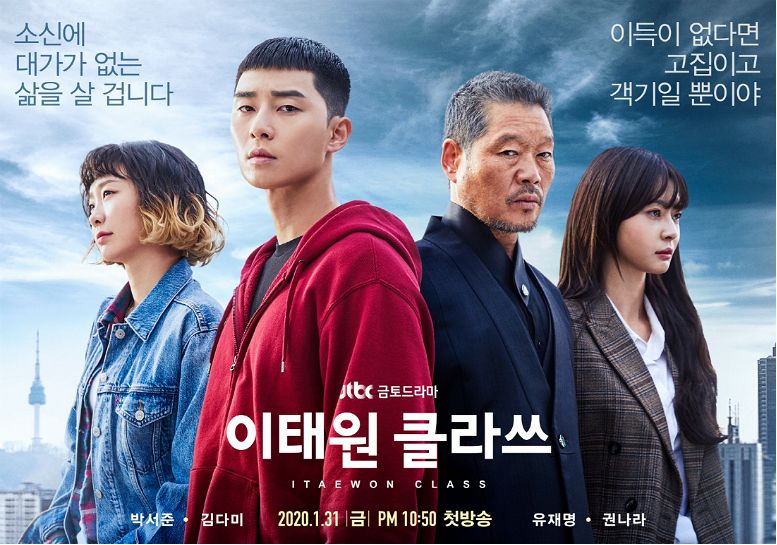These past two weeks have been all about adjusting to meeting with my language partner and working on setting aside time to utilize the online resources as much as possible. I have been using the How to Study Korean website a lot and it is very helpful with giving me lots of practice with listening and reading. I find that setting a schedule for myself to practice every day is much easier when I am not on campus as I don’t have so many other things that I have to do while running around campus.
While I practice listening, writing, and reading, one of my major weaknesses is mixing up certain characters especially with the vowel sounds. Because I have this problem, I am sometimes unable to write or read the words correctly. I think for the next couple weeks, I will be working on strengthening this problem by focusing on the differences of the sounds of the vowels. One of my strengths is being able to recognize simple words easily like 사과 or 노래 or 뽀뽀 which are apple, song, and kiss. These are easy words that I can easily recognize. I think writing out the words is harder for me. I think another thing that I can practice over the next couple weeks is writing words down from listening to them in dramas. One last thing that I can do is to practice typing them after writing them down. This will improve my memory with them.
I think when I practice speaking with my language partner, I am still struggling with pronunciation which is also correlated with my mix up of the different vowel sounds. I think once I am able to fix the major problem of mixing up the sounds, I will be able to fix the pronunciation problems. I think I enjoy practicing in person rather than through a webcam.
One thing we talked about was the current pandemic and how much it is affecting the world. I think it’s interesting that South Korea is the “model” country for this pandemic. Their healthcare system seems to be something the United States should aspire to follow considering they were able to get through this coronavirus pandemic easily with many resources. One thing that we discussed that South Korea did was that they sent out a notification whenever a new case happened and you were able to get alerts from an app whether you were in the area of someone who had coronavirus or not. Earlier on they retraced the steps of those who tested positive and those who might have had contact with someone who tested positive using security camera footage, credit card records, and GPS data from cars and cellphones. Once there were more people who tested positive, they had to rely on the app to send out mass notifications to people. I thought this was interesting and something that the United States would probably not do because privacy was given up. But I think considering this pandemic is a serious issue, I’m sure that sacrificing their privacy was worth it.

